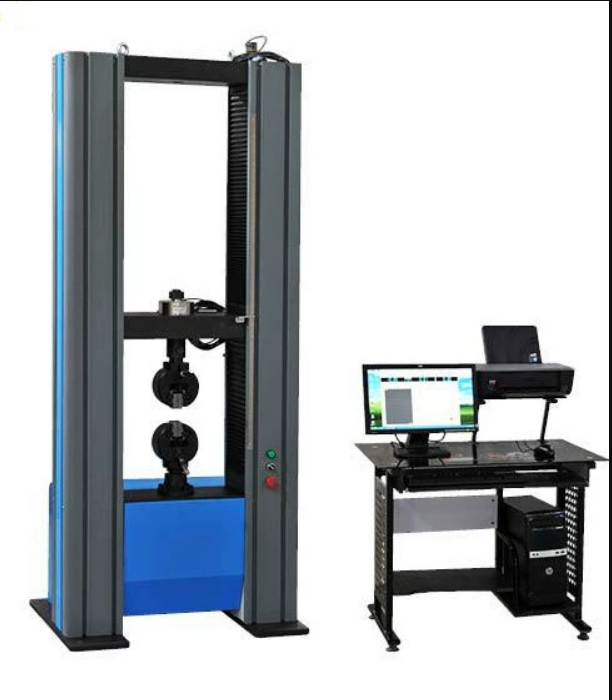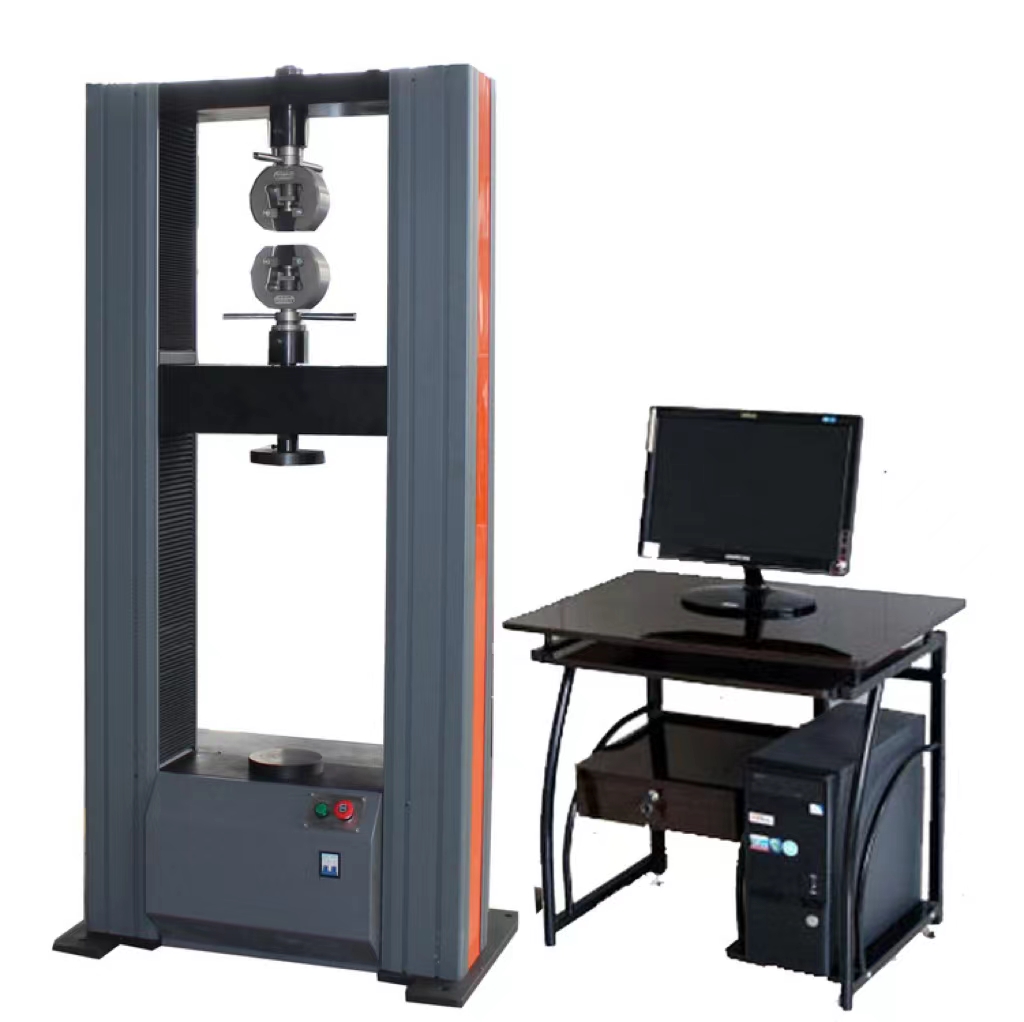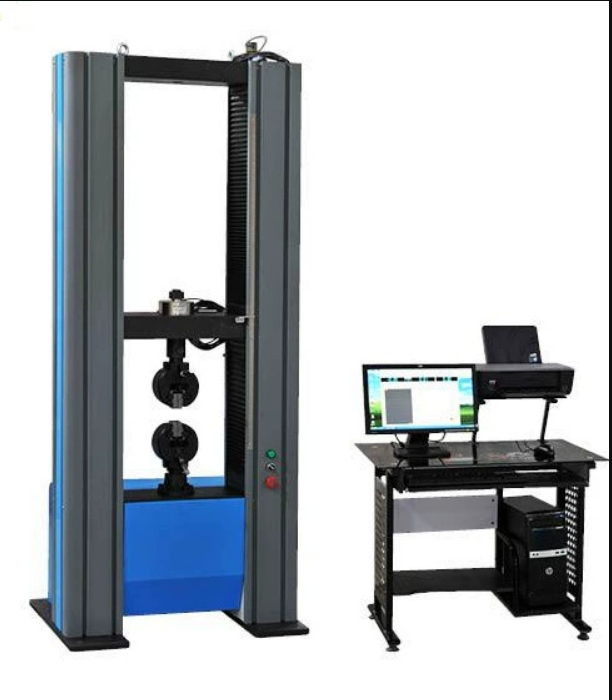



1. New Demands from NEVs and ICVs on Car Seat Static Strength Testing
The rise of New Energy Vehicles (NEVs) and Intelligent Connected Vehicles (ICVs) introduces unprecedented challenges for car seat static strength testing, driven by shifts in powertrain architecture, lightweight materials, and advanced functionalities:
- Lightweight Materials: NEVs prioritize lightweight seats (e.g., carbon fiber, aluminum alloys) to extend battery range, necessitating testers to validate these materials’ structural integrity under dynamic loads (e.g., crash scenarios).
- Electrified Components: Seats in NEVs integrate heating/cooling elements, motors for adjustment, and battery-connected systems, requiring testers to assess electrical safety (e.g., insulation resistance, short-circuit prevention) alongside mechanical strength.
- Autonomous Driving (AD) Systems: ICVs with AD features demand testers to simulate occupant behavior during automated maneuvers (e.g., sudden braking, lane changes), ensuring seats withstand g-forces without compromising safety.
- Cybersecurity Integration: As seats become part of the vehicle’s digital ecosystem (e.g., biometric sensors, wireless communication), testers must verify data encryption and resistance to electromagnetic interference (EMI).
2. Testing Protocol Adaptations for NEVs and ICVs
To address these demands, car seat static strength testers are evolving through:
- Enhanced Load Simulation: Testers now incorporate multi-axis actuators to replicate complex loading scenarios (e.g., lateral impacts combined with vertical compression) typical in NEV crashes.
- Electrical Safety Testing: Integration of high-voltage insulation testers to verify seat components’ compliance with standards like ISO 6469-3 (electric vehicle safety).
- EMI/EMC Testing: Testers are equipped with shielded chambers and spectrum analyzers to ensure seats meet electromagnetic compatibility (EMC) regulations (e.g., CISPR 25).
- Biomechanical Validation: Simulation of human occupant kinematics (e.g., using dummies with ADAS sensors) to assess seatbelt interaction and spinal load distribution during AD-related events.
3. Emerging Standards and Certifications
Global regulatory bodies are updating standards to reflect NEV/ICV realities:
- ECE R17 Amendment: Proposes stricter requirements for seat anchorage strength in electric vehicles, accounting for battery pack placement.
- FMVSS 202a Expansion: Includes criteria for seat-mounted ADAS sensors (e.g., cameras, LiDAR) to prevent detachment during collisions.
- China GB 15083 Revision: Mandates testing of seats with integrated child restraint systems (e.g., ISOFIX) under NEV-specific crash pulses.
4. Technological Innovations in Test Equipment
Car seat static strength testers are adopting cutting-edge technologies:
- Digital Twin Integration: Virtual prototypes of seats are stress-tested in simulation before physical validation, reducing development time and costs.
- AI-Driven Analysis: Machine learning algorithms predict seat failure modes by analyzing real-time data from load cells and accelerometers.
- Modular Design: Testers now feature interchangeable fixtures to accommodate diverse seat configurations (e.g., zero-gravity seats, folding designs) in NEVs and ICVs.
5. Future Outlook
The NEV/ICV revolution will continue to reshape car seat testing:
- Holistic Validation: Testers will increasingly evaluate seats as part of an integrated safety system, considering interactions with airbags, ADAS, and battery packs.
- Sustainability Focus: Testing of eco-friendly materials (e.g., recycled plastics, bio-based composites) will gain prominence to align with NEV environmental goals.
- Global Harmonization: Cross-regional collaboration (e.g., UN GTR No. 20) will streamline standards for NEV/ICV seat testing, facilitating international trade.




